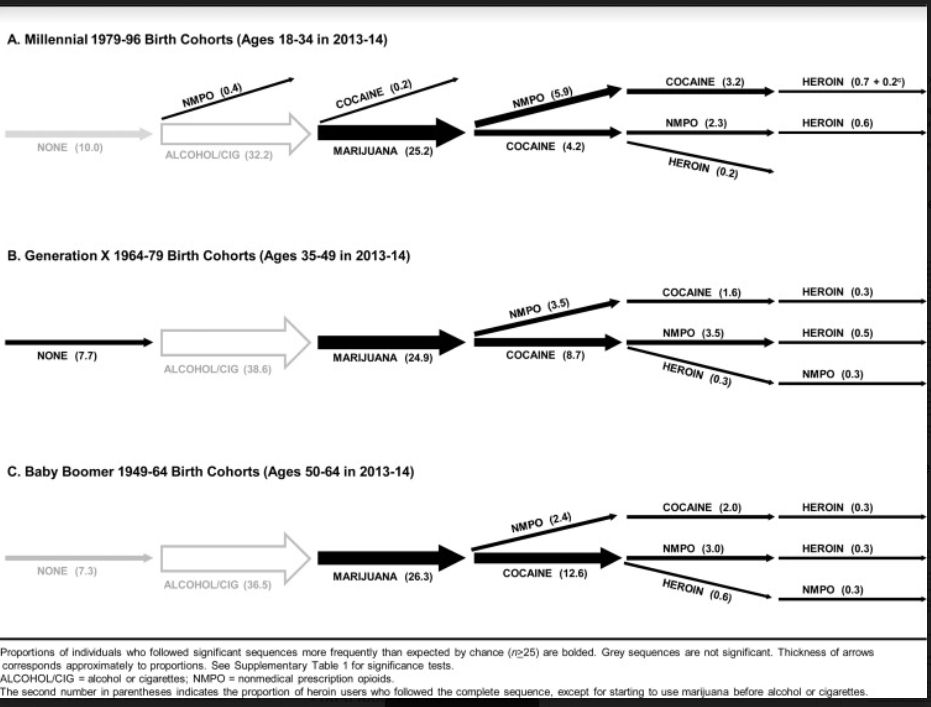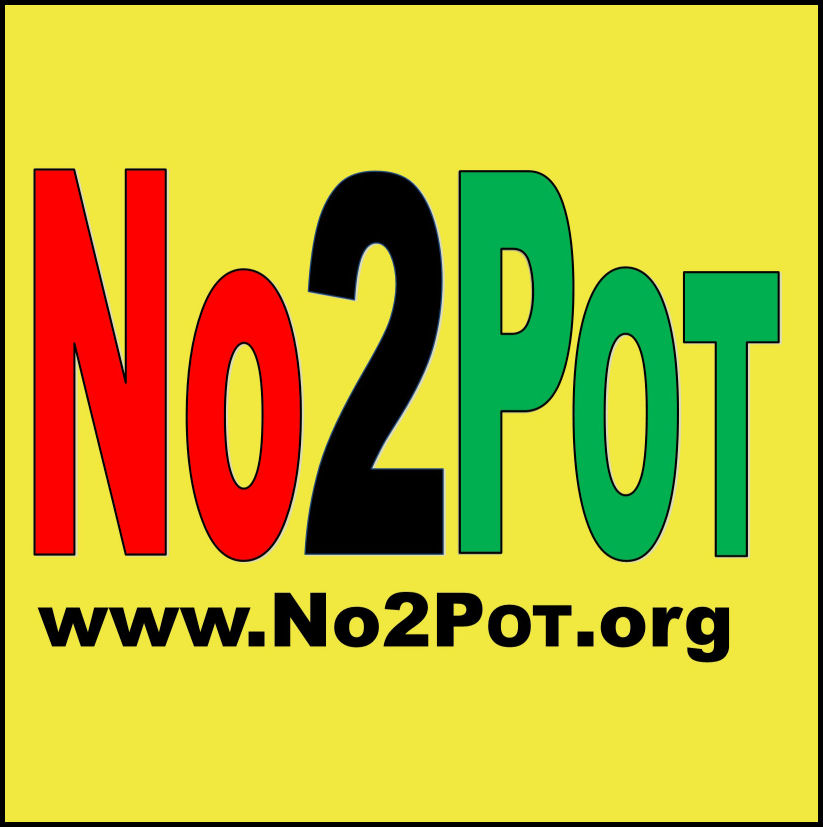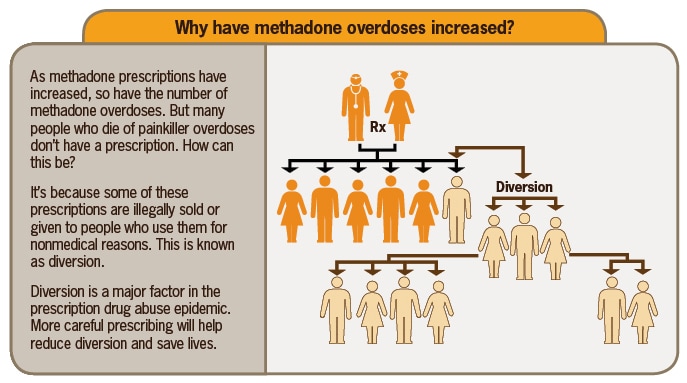Opioid Addiction Treatment Options
| The main goal of medications used for recovery is to decrease preoccupation with using and increase a personal stability. More and more recovery programs both residential and out-patient are utilizing these medical options along with counseling interventions. When supervised properly and taken as intended chances of longer-term recovery seem to be increasing. MEDICATION WITHOUT COUNSELING AND ENGAGING IN A SUPPORT GROUP IS NOT GOING TO LEAD TO FULL RECOVERY. | ||||||||||||||||||||||||||||||||||||||||||||||||||||||||||||
|
Suboxone Treatment- The beginning level and length of treatment is determined on an individual basis. Some of the main variables used to determine the amount of suboxone prescribed are amount of opiates a person is using, and length of usage. Tapering this medication is often a key component for successful recovery or getting to a low level that allows the client to lead an unimpaired lifestlye.
Locate psychiatrist treatment for Suboxone (Buprenorphine)
Buprenorphine: A prescription medication for people addicted to heroin or other opiates that acts by relieving the symptoms of opiate withdrawal such as agitation, nausea and insomnia. Buprenorphine is more weakly addictive and has a lower risk of overdose than methadone. The effects last for about three days. Buprenorphine is sold under the brand name of Subutex and, in combination with naloxene, as Suboxone. Subutex is intended for use at the beginning of treatment while Suboxone is intended for the maintenance treatment of opiate addiction. (Naloxone was added to guard against intravenous abuse of buprenorphine by individuals physically dependent on opiates.)
Common Withdrawal Symptoms Produced by Various Drugs
National Institute of Drug Abuse: Research Meets Practice Treatment of Opioid Dependence in a Private Office Project Echo- Integrated Addiction and Psychiatry (scroll down the right side for suboxone/buprenorphonine information). |
||||||||||||||||||||||||||||||||||||||||||||||||||||||||||||
| Extended-Release Injectable Naltrexone. I don't know much about this new type of naltrexone. I attended a conference and know that some recovery programs have begun to utilize this option. A person receives the shot once per month which may help if a person has a job or transportation issue.... additional counseling should still be sought. | ||||||||||||||||||||||||||||||||||||||||||||||||||||||||||||
|
Methadone Treatment - Methadone eliminates withdrawal symptoms and relieves craving. It has been used for over 30 years to treat people addicted to opioids. Methadone Advisory- SAMSHA
|
||||||||||||||||||||||||||||||||||||||||||||||||||||||||||||
|
Patients stabilized on opiate agonists can engage more readily in counseling and other behavioral interventions essential to recovery and rehabilitation. The best, most effective opiate agonist maintenance programs include individual and/or group counseling, as well as provision of, or referral to, other needed medical, psychological, and social services. Attending NA/AA meetings will greatly improve recovery process and build a support system. |
||||||||||||||||||||||||||||||||||||||||||||||||||||||||||||
|
Personal Note: My son took suboxone for a little over a year. I monitored it daily for several months. Monitoring is essential as it helps to take away some temptation to relapse. After two months on Suboxone, one day we left the house for 3-4 hours forgetting to take his suboxone. On the way home we typically stop for lunch but he told me, "I need to get home we forgot my medicine." I asked him how he felt. His response, "It is like a machine gun is firing rapidly in my brain telling me to use." What a powerful statement. In my opinion taking suboxone allows a person to gain confidence, set and reach new life goals, build self-esteem... without the physical & mental craving that afflicts people suffering from opiate addiction. Studies are indicating that this medication in combination with professional counseling are significantly increasing the chances of a successful recovery process. (Suboxone is a trade name for Buprenorphine) FYI- The medical professional, typically a psychiatrist, prescribing Suboxone will meet with the client to see how the medication is work but does not counselor the person with addiction issues.... find a therapist, psychologist or other professional to provide this counseling. |
||||||||||||||||||||||||||||||||||||||||||||||||||||||||||||






